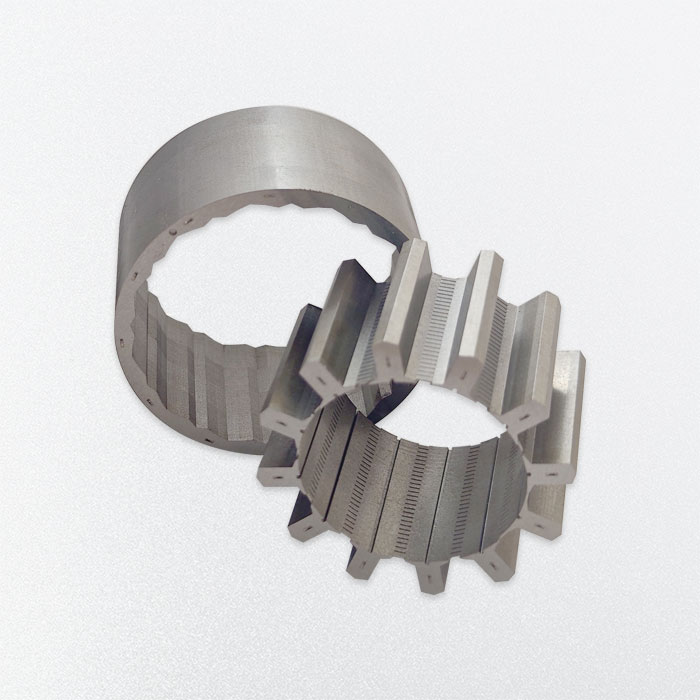Tires are an important part of the vehicle that determine the performance, safety, and comfort of a vehicle. When there are options to choose between 235/65R16C and 245/35R20, it is vital to know how they are different and how this difference influences vehicle handling. Both sizes are designed to work with different vehicles and driving requirements. This article will help the car drivers to decide on the two tire sizes in terms of the specifications, performance, and applications. Before going into the further details, it’s important to understand what tire size code means. Let’s start by explaining tire size notation first.
Table of Contents
Understanding Tire Size
To understand the differences between 235/65r16c vs 245 35r20 tires, let’s break down what each part of the tire size means.
235/65R16C
- 235: Tire width in millimeters.
- 65: Aspect ratio (height of the tire is 65% of the width of the tire).
- R: Radial construction.
- 16: Wheel diameter in inches.
- C: Commercial-grade tire, designed to carry heavier loads.
245/35R20
- 245: Tire width in millimeters.
- 35: Aspect ratio (tire height is 35% of the tire width).
- R: Radial construction.
- 20: Wheel diameter in inches.
Performance Comparison
Tire Width
235/65R16C: The width of only 235mm is ideal in giving a sufficient contact patch necessary for stability and long tread life when heavy loads need to be carried by the tire.
245/35R20: The 245mm width gives a bigger footprint which improves the traction and stability particularly at high speed.
Sidewall Height and Aspect Ratio
235/65R16C: The second characteristic, the aspect ratio, is higher (i.e., 65%). In other words, the height of the car’s tire sidewall is taller, which provides better shock absorption and ride comfort.
245/35R20: Lower aspect ratio of the tire means it has a shorter sidewall. This aspect ratio helps in better cornering performance and responsiveness but the ride may not be as comfortable as higher sidewall tires.
Wheels Diameter
235/65R16C: Designed for utility vehicles, and most light trucks with a 16 inch rim.
245/35R20: They fit 20-inch wheels giving a high-performance look to the vehicles.
Load Capacity and Towing
235/65R16C: The “C” stands for commercial, referring to the tires with more load-carrying capacity, so they’re for vans, trucks, and other towing vehicles.
245/35R20: Originally meant for the use in passenger cars as they have comparatively lower load bearing capacity but give better high speed stability.
Ride Comfort and Noise
235/65R16C: The taller sidewalls cushion the car and make less noise. This makes them good for long distance driving or for use with the vehicles that are most likely to take up heavy loads most of the time.
245/35R20: The car’s shorter sidewalls provide better feel and response to the driver but the driver may feel some vibrations and hear sounds from the tires as the car drives on uneven roads.
Handling and Performance
235/65R16C: This tire provides more stability and load-carrying capability as compared to high-speed performance. These tires are suitable for regular driving but tend to be slightly less responsive during turning.
245/35R20: These tires provide enhanced control with excellent response during cornering force and high speed performance. Specially designed and suitable for drivers who want to feel the performance driving.
Fuel Efficiency
235/65R16C: These tires are slightly faster because of the narrow width which is also associated with lower rolling resistance especially while carrying heavy loads.
245/35R20: The wider tires normally raise the levels of rolling resistance, which means reduced on-road fuel economy, particularly in urban areas.
Durability and Longevity
235/65R16C: These tires are highly resistant to the damage and wear, so they are most suitable for load carrying or towing . Their sturdy construction gives durability with reinforcement of the sidewalls and with help of strong build, even when carrying heavy loads.
245/35R20: Despite the fact that performance tires might offer better handling, they generally don’t last longer because they are made with softer rubber compounds that wear faster to enhance grip on the road.
Off-road and All-Terrain Traction
235/65R16C: Primarily ideal for those that need to drive on most trails and dirt roads. The taller sidewall is useful for off-road use where the surface is rough.
245/35R20: Originally created for on road use. They have poor off-road traction because of the low profile and because the tire can be easily damaged.
Winter and Wet Performance
235/65R16C: Works very well in winter because of the taller sidewall and performs well where there is light snow or ice. Some models have special studded tread designs for winter conditions only.
245/35R20: All season compounds used in construction of the tire makes it capable of delivering reasonable performance in wet weather. However, because of a low-profile design this tire size may encounter certain difficulties in deep snow or ice.
Cost Considerations
235/65R16C: Slightly cheaper mainly because of the narrower contact patch and the use of commercial grade compounds.
245/35R20: Usually costlier, due to larger diameter and the high-performance design.
Pros and Cons
235/65R16C
| Pros | Cons |
| High load capacity | Limited high-speed handling |
| Comfortable ride | Less sporty appearance |
| Good durability and longevity | |
| Affordable |
245/35R20
| Pros | Cons |
| Superior handling and grip | Lower ride comfort |
| Sporty and aggressive look | More expensive |
| High-speed stability | Reduced durability in heavy-duty applications |
Final Words
Choosing between 235/65r16c vs 245 35r20 tires depends on your specific driving needs and vehicle type. Choose 235/65R16C if you’re driving commercial vehicles or light trucks and need to transport heavy loads, or prefer comfort rather than performance driving. Choose 245/35R20 if you either own a sports car or a performance sedan, look for a higher level of handling, and do not mind that the car will not be very comfortable.













:max_bytes(150000):strip_icc()/GettyImages-522272311-5949bdc15f9b58d58a035319.jpg)
